Keeping your dart points sharp and clean is essential for preventing bounce-outs and ensuring accurate throws. This article provides a comprehensive guide to **cleaning your point tools**, covering everything from basic maintenance to more advanced techniques. You’ll learn about the tools and materials you need, step-by-step cleaning processes, and tips for preventing future build-up.
⚠️ Still Using Pen & Paper (or a Chalkboard)?! ⚠️
Step into the future! The Dart Counter App handles all the scoring, suggests checkouts, and tracks your stats automatically. It's easier than you think!
Try the Smart Dart Counter App FREE!Ready for an upgrade? Click above!
Why is Cleaning Your Point Tools Important?
The importance of regularly cleaning your dart points goes beyond just aesthetics. Dirty, dull, or burred points can significantly impact your game. Here’s why:
- Reduced Bounce-Outs: Clean, sharp points penetrate the dartboard more effectively, minimizing the chance of the dart bouncing out upon impact.
- Improved Accuracy: Consistent point condition contributes to more predictable dart trajectories.
- Dartboard Preservation: Sharp points create cleaner holes, extending the life of your dartboard. Dull or burred points can tear the sisal fibers, causing premature wear. Consider the impact of neglected points on the overall dartboard maintenance.
- Rust Prevention: Regular cleaning removes moisture and debris that can lead to rust and corrosion, especially if you play in humid environments.
Neglecting your darts can lead to frustration and inconsistent performance. Taking the time to properly maintain your dart points is a worthwhile investment in your game.
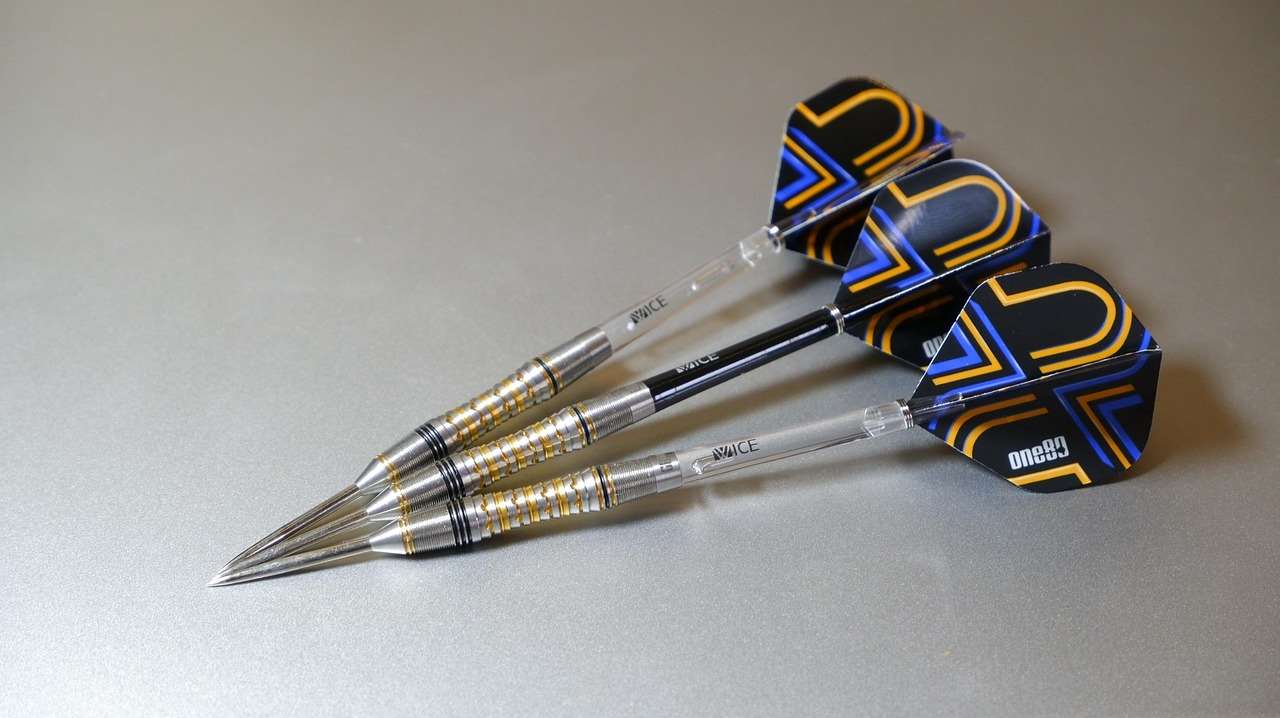
Essential Tools for Cleaning Your Point Tools
Before you begin, gather the necessary supplies. Here’s a list of essential tools for effectively cleaning your point tools:
- Dart Sharpener: A dart sharpener is specifically designed to hone dart points to a fine point. Different types are available, including handheld sharpeners and those with multiple sharpening stages.
- Cleaning Cloth: A soft, lint-free cloth is crucial for wiping away dirt, grime, and sharpening residue. Microfiber cloths work best.
- Bristle Brush: A small bristle brush, like an old toothbrush, is useful for scrubbing away stubborn debris from the point grooves.
- Mild Cleaning Solution: A small amount of mild dish soap diluted in water can help loosen dirt and grime. Avoid harsh chemicals or abrasive cleaners.
- Point Protector (Optional): Point protectors safeguard your freshly sharpened points and prevent them from getting damaged in storage or transit.
- Rust Remover (Optional): If your points are showing signs of rust, a dedicated rust remover can help restore them. Be sure to follow the manufacturer’s instructions carefully.
Having these tools readily available will streamline the dart cleaning process and ensure optimal results.
Step-by-Step Guide to Cleaning Your Point Tools
Follow these steps to effectively clean your point tools:
- Initial Cleaning: Wipe down each dart point with a damp cleaning cloth to remove loose dirt and debris.
- Deep Cleaning (if needed): If the points are particularly dirty, dip a bristle brush into a mild cleaning solution and gently scrub the grooves and surfaces of the point.
- Rinse and Dry: Rinse the points thoroughly with clean water to remove any soap residue. Then, dry them completely with a clean, lint-free cloth.
- Sharpening: Using your dart sharpener, carefully sharpen each point to your desired level of sharpness. Follow the manufacturer’s instructions for your specific sharpener. Be careful not to over-sharpen, as this can weaken the point.
- Final Wipe: After sharpening, wipe the points again with a clean cloth to remove any metal shavings.
- Rust Removal (if needed): If you’re dealing with rust, apply a rust remover according to the product’s instructions. Allow it to sit for the recommended time, then scrub the points with a bristle brush and rinse thoroughly.
- Protection: If desired, place point protectors on your darts to keep the points clean and sharp.
This process ensures your dart points are not only clean but also properly sharpened for optimal performance. Consider also looking into Types Optimal Dartboard Lighting
Addressing Common Point Problems
Beyond basic cleaning, you might encounter specific issues with your dart points. Here’s how to address some common problems:
Dealing with Burred Points
Burred points are those with small metal fragments or rough edges that can snag on the dartboard. Use a dart sharpener to carefully remove the burrs. A multi-stage sharpener can be particularly helpful for this. Ensure a smooth, consistent point after sharpening.
Removing Embedded Debris
Sometimes, small pieces of sisal fiber or other debris can become embedded in the dart points. Use a needle or the tip of a dart sharpener to carefully dislodge the debris. Avoid using excessive force, which could damage the point.
Tackling Rust and Corrosion
Rust can weaken dart points and affect their performance. As mentioned earlier, a dedicated rust remover is the best solution. For minor surface rust, you might try using a fine steel wool or abrasive pad, but be very gentle to avoid scratching the point.
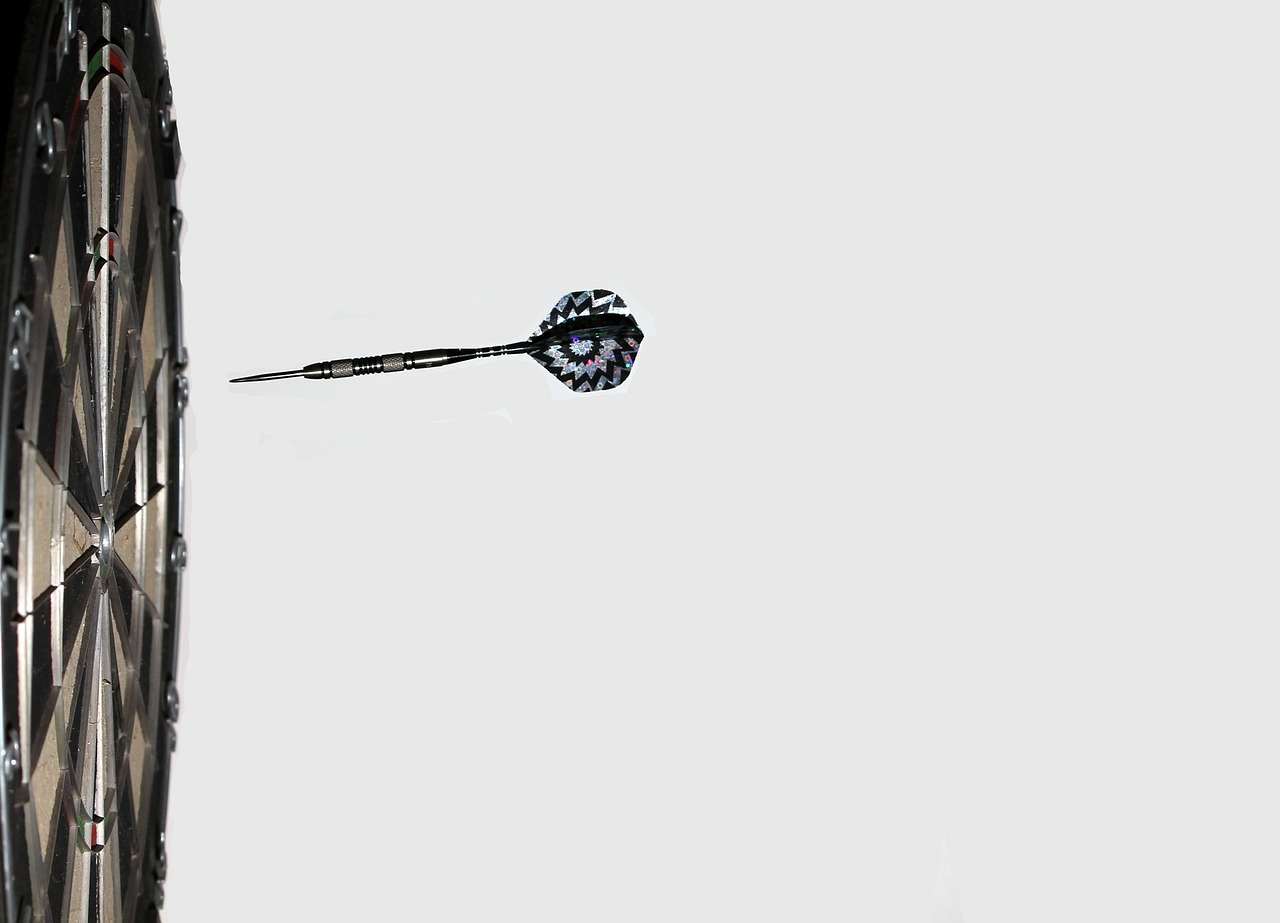
Choosing the Right Dart Sharpener
Selecting the right dart sharpener is crucial for effective point maintenance. There are several types available, each with its own advantages and disadvantages:
- Handheld Dart Sharpeners: These are small, portable sharpeners that are easy to use. They typically have one or two sharpening surfaces.
- Multi-Stage Dart Sharpeners: These sharpeners offer multiple stages of sharpening, allowing you to refine the point from rough to smooth. They often include a ceramic honing stage.
- Electric Dart Sharpeners: These sharpeners use an electric motor to rotate the sharpening surface. They can be faster and more consistent than manual sharpeners, but they are also more expensive.
Consider your budget and sharpening needs when choosing a dart sharpener. Read reviews and compare features to find the best option for you.
Preventative Maintenance for Your Point Tools
The best way to keep your point tools in top condition is to practice preventative maintenance. Here are some tips:
- Wipe Your Darts Regularly: After each game or practice session, wipe down your darts with a clean cloth to remove dirt and moisture.
- Use Point Protectors: Point protectors shield your points from damage when they’re not in use.
- Store Your Darts Properly: Store your darts in a dart case or holder to protect them from dust, moisture, and physical damage. You may also be interested in the LED Dartboard Lights Benefits.
- Clean Your Dartboard: A clean dartboard will help keep your dart points clean as well. Regularly remove dust and debris from the dartboard surface.
- Inspect Your Points Regularly: Periodically inspect your dart points for burrs, rust, or other damage. Address any issues promptly to prevent them from worsening.
By following these preventative maintenance tips, you can extend the life of your dart points and maintain optimal performance.
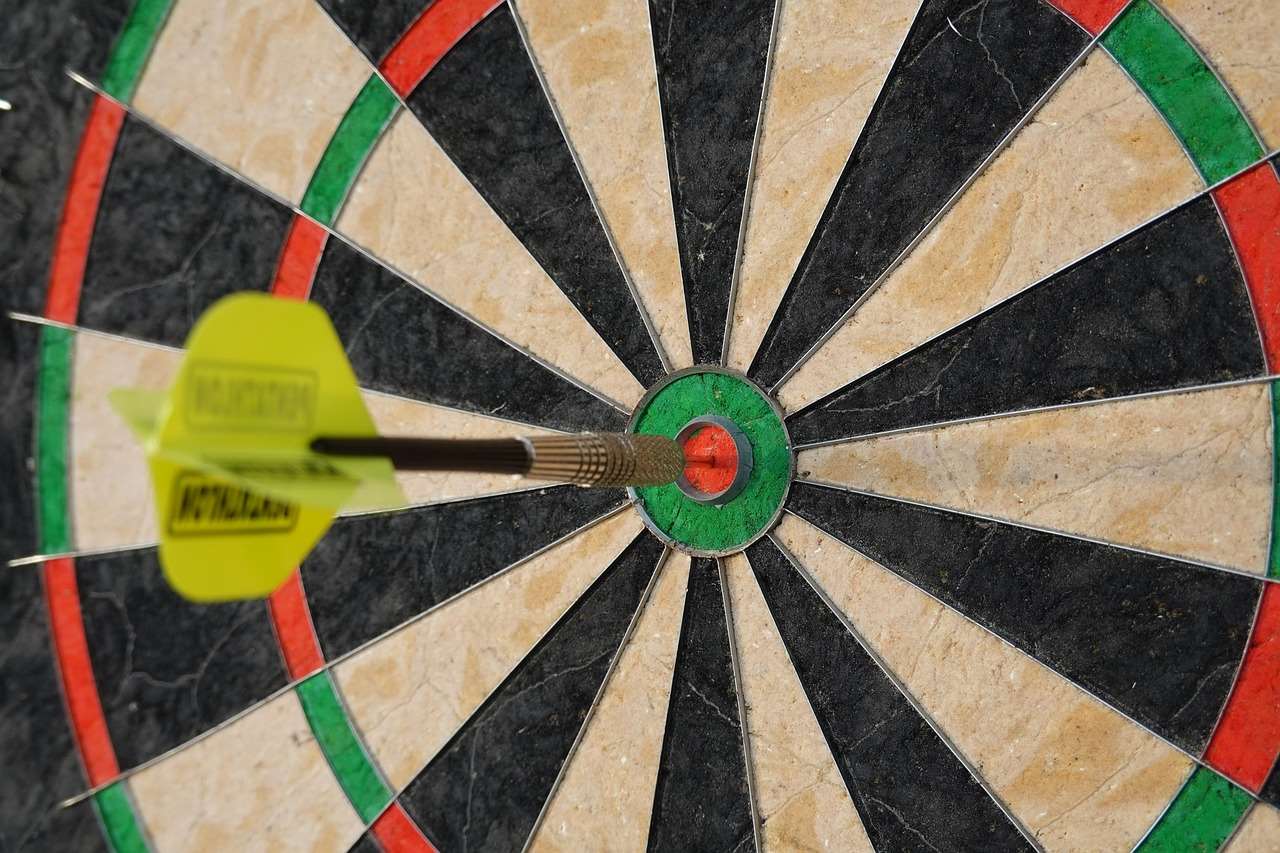
The Impact of Point Condition on Your Game
The condition of your dart points directly impacts your scoring consistency and overall enjoyment of the game. Clean, sharp points contribute to:
- Higher Scoring Averages: Fewer bounce-outs and more accurate throws translate to higher scores.
- Reduced Frustration: A well-maintained set of darts reduces frustration and improves your confidence.
- Greater Consistency: Consistent point condition leads to more predictable dart trajectories, making it easier to dial in your throws.
- Longer Equipment Lifespan: Proper cleaning and maintenance extend the lifespan of your darts and dartboard.
Don’t underestimate the importance of point maintenance. It’s a small investment that can yield significant rewards in terms of performance and enjoyment.
Choosing the Right Dart Points
While this article focuses on cleaning, it’s worth noting the importance of selecting the right type of dart points for your style and dartboard. Steel tip darts come with various point types, including:
- Standard Points: These are the most common type of points and are suitable for most players.
- Grooved Points: These points have grooves that help them grip the dartboard better, reducing bounce-outs.
- Moveable Points: These points are designed to move slightly upon impact, absorbing some of the force and reducing bounce-outs.
- Conversion Points: These points allow you to convert soft tip darts to steel tip darts.
Experiment with different point types to see which ones work best for you. Also, check out Choose Best Dart Equipment to see the recommended products.
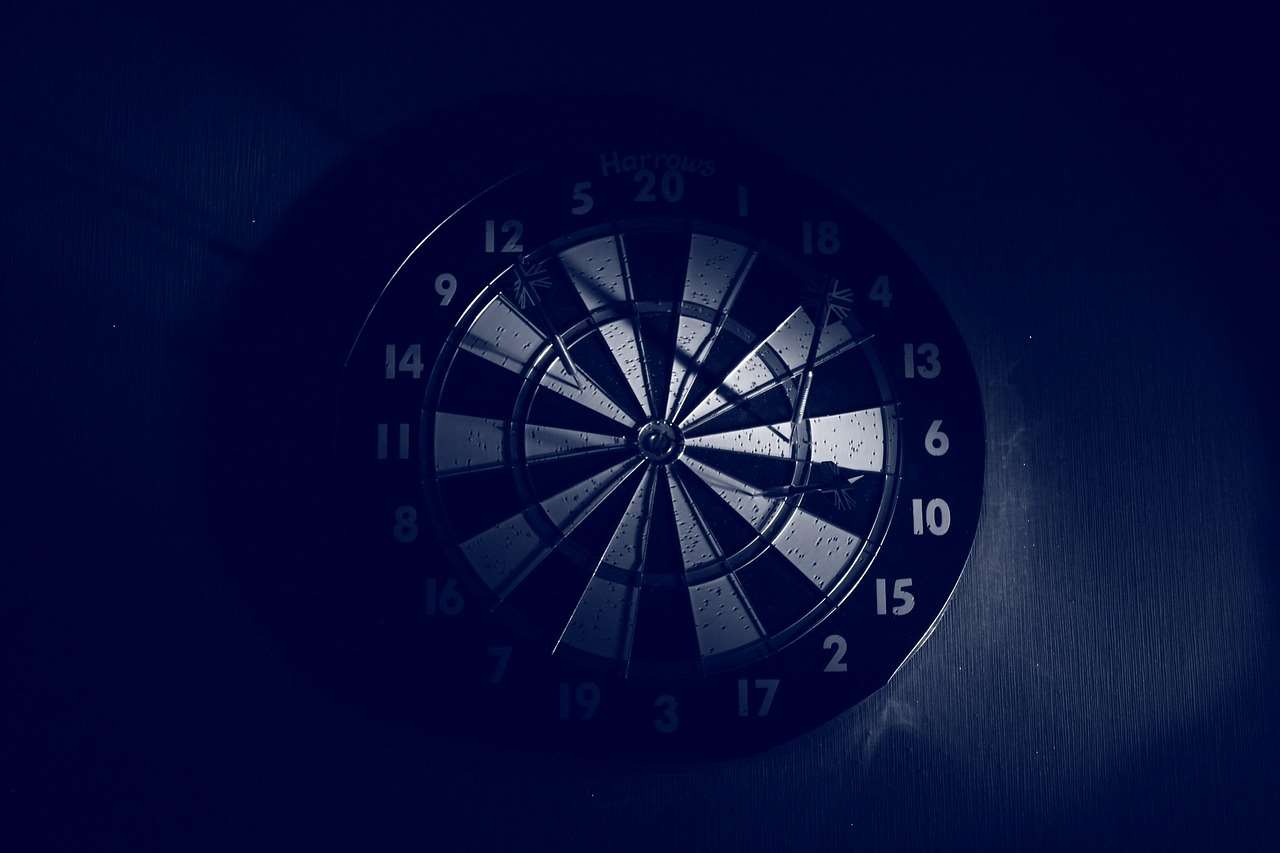
Advanced Cleaning and Sharpening Techniques
For serious dart players, there are more advanced cleaning and sharpening techniques to consider:
- Polishing: After sharpening, you can polish your dart points with a metal polish and a soft cloth to create a mirror-like finish. This can further reduce friction and improve penetration.
- Cryogenic Treatment: Some players use cryogenic treatment to harden their dart points and make them more durable. This involves exposing the points to extremely low temperatures.
- Professional Sharpening: You can also have your dart points professionally sharpened by a dart retailer or manufacturer. They often have specialized equipment and expertise to achieve optimal results.
These advanced techniques are not essential for most players, but they can provide a competitive edge for those who are serious about their game.
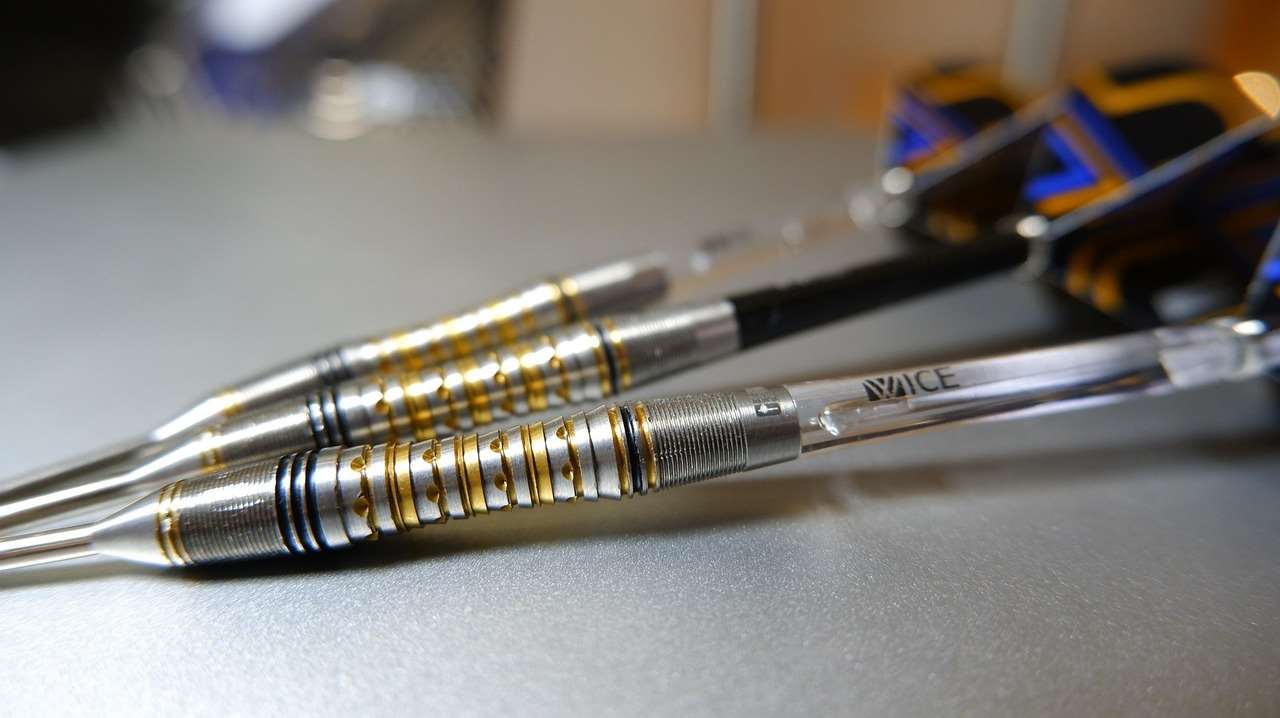
Troubleshooting Point-Related Issues
Even with regular cleaning and maintenance, you might still encounter point-related issues. Here are some troubleshooting tips:
- Bounce-Outs: If you’re experiencing frequent bounce-outs, check your dart points for dullness, burrs, or damage. Sharpen or replace the points as needed. Also, ensure your dartboard is in good condition.
- Dartboard Damage: If your dart points are causing excessive damage to your dartboard, they may be too sharp or have burrs. Try using a less aggressive sharpener or replacing the points.
- Inconsistent Trajectory: If your darts are flying erratically, the point condition could be to blame. Ensure all three darts have points that are in similar condition and are properly sharpened. Also, learn more about Best Dartboard Lighting Systems for improving visibility.
By identifying and addressing these issues promptly, you can maintain optimal dart performance and prevent further damage.
Conclusion
**Cleaning your point tools** is a fundamental aspect of dart maintenance that directly impacts your game. By following the steps outlined in this article, you can ensure that your dart points are always in top condition, leading to fewer bounce-outs, improved accuracy, and a more enjoyable dart-playing experience. Remember to prioritize preventative maintenance, address common point problems promptly, and choose the right tools for the job. Take the time to **maintain your darts properly**, and you’ll reap the rewards of consistent performance and a longer lifespan for your equipment. Now, go sharpen those points and get back to the oche! Check out our recommended Optimal Dartboard Lighting Solutions Guide to enhance your game even further!
Hi, I’m Dieter, and I created Dartcounter (Dartcounterapp.com). My motivation wasn’t being a darts expert – quite the opposite! When I first started playing, I loved the game but found keeping accurate scores and tracking stats difficult and distracting.
I figured I couldn’t be the only one struggling with this. So, I decided to build a solution: an easy-to-use application that everyone, no matter their experience level, could use to manage scoring effortlessly.
My goal for Dartcounter was simple: let the app handle the numbers – the scoring, the averages, the stats, even checkout suggestions – so players could focus purely on their throw and enjoying the game. It began as a way to solve my own beginner’s problem, and I’m thrilled it has grown into a helpful tool for the wider darts community.